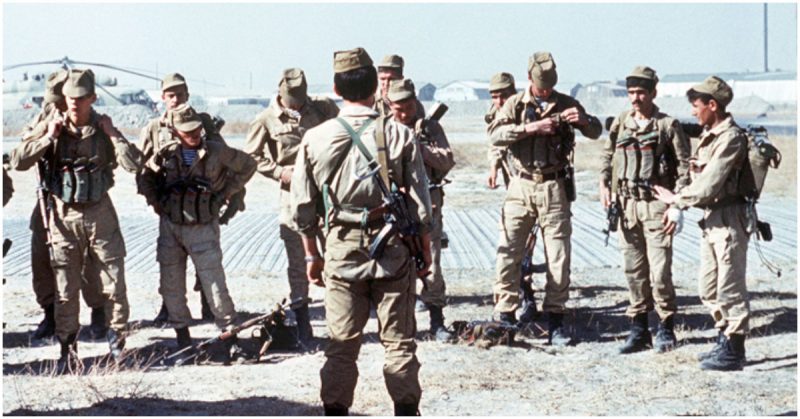In 1979, as part of the Soviet troops, there were some special units. The uniqueness was that these units consisted exclusively of representatives of Central Asian nationalities. It is for this reason that these units were called “Muslim battalions“. They had a narrow target and a short existence but managed to leave their mark on history.
Creation of the Muslim battalion
In the spring of 1979, the leadership of the Soviet Union decided that the situation in Afghanistan required intervention. Originally, there was an idea of introducing small and inconspicuous military detachments into the country.
On March 18, 1979, the secretary-general of the Marxist party of Afghanistan, Nur Mohammad Taraki, telephoned the Chairman of the Council of Ministers of the USSR, Alexei Kosygin. He asked to send soldiers from the Asian republics of the USSR to liberate the city of Herat from 4,000 Iranian soldiers dressed in civilian clothes. The main criterion for the selection of soldiers was the external resemblance to the indigenous inhabitants of Afghanistan.
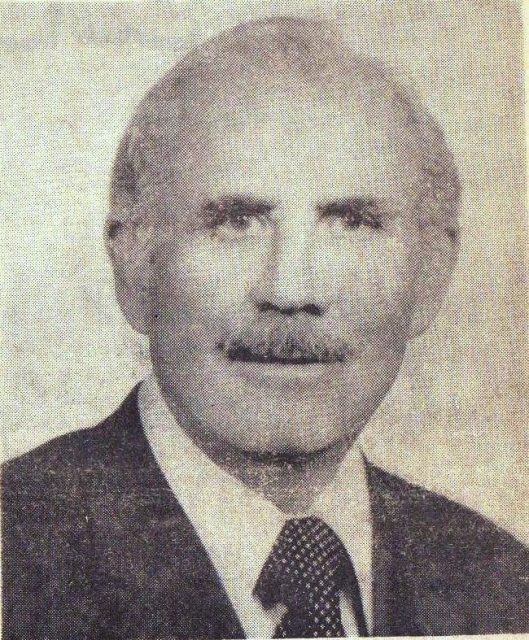
“… We want you to send Tajiks, Uzbeks, and Turkmens to us so that they can drive tanks, as all these peoples are in Afghanistan. Let them wear Afghan clothes, Afghan badges, and no one will recognize them. This is a very easy job, in our opinion. According to the experience of Iran and Pakistan, it is clear that this work is easy to do. They give an example.”
Initially, Kosygin expressed doubts about this proposal. However, on April 26, 1979, the General Staff of the Ministry of Defense of the USSR created directive No. 314/2/0061 on the formation of the GRU special task force. This detachment later became known as the “Muslim Battalion“. But its official name was – “a separate detachment of special purpose“.
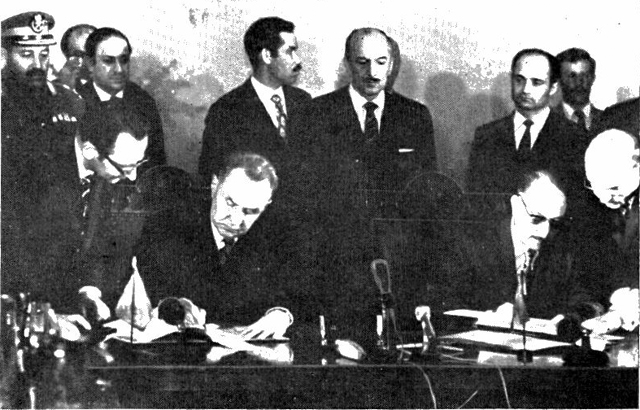
After this, GRU Colonel Vasily Kolesnik was ordered to create a Special Forces battalion, staffed by soldiers from the southern Soviet republics. When carrying out the order, Kolesnik collected the best soldiers from different parts of the Soviet Union. Tankmen, border guards, motorized rifle units, and paratroopers were assigned into the “Muslim battalion“.
Training of the Soldiers
The first Muslim battalion was named the 154th separate detachment of special purpose. Major Habib Tadzhibaevich Khalbaev headed it. The Chief of Staff of the Turkestan Military District, Lieutenant-General Krivosheev, supervised the training.
In his presence, soldiers of the 154th detachment conducted exercises to seize buildings and fight in urban areas. In particular, soldiers with a grenade launcher were trained to hit the target by focusing on the noise through the smoke screen. Each soldier had to become proficient in Sambo techniques and be able to shoot on the run.
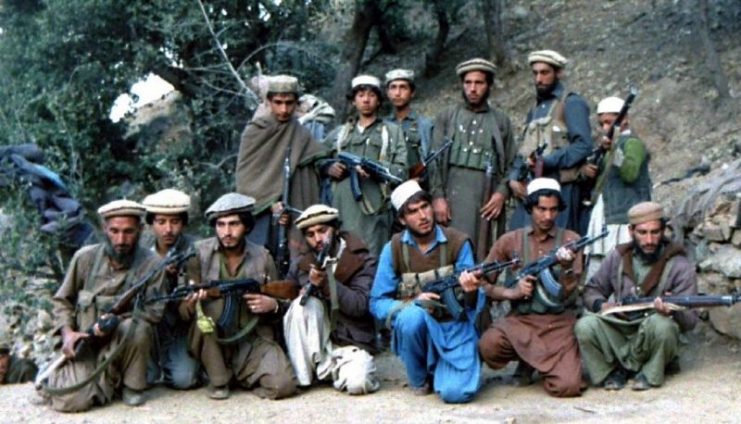
Initially, the Muslim battalion had the main goal of protecting Nurmukhamed Taraki, the president of Afghanistan, who was trying in a short time to lay the socialist foundation in his country. There were many opponents of socialism in the country, for this reason, the task was urgent. But after his comrade-in-arms, Taraki Hafizullah Amin, committed a coup and seized power, the goals changed radically.
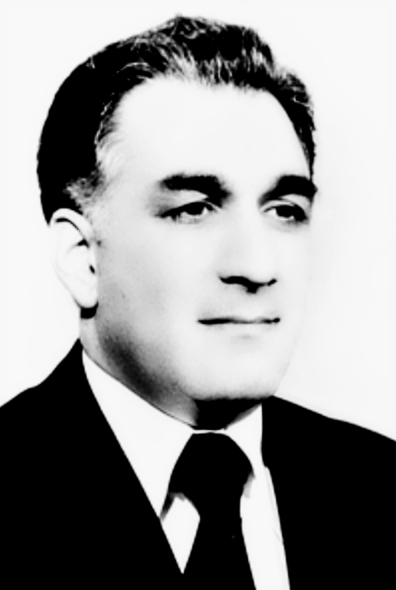
Secret delivery of soldiers to Afghanistan
The initial deployment of the battalion was postponed. However, after the President of Afghanistan, Nurmuhamed Taraki, was overthrown, the Politburo of the Central Committee of the CPSU issued a secret resolution, in which it was said:
“… we consider it expedient to send to Afghanistan a special detachment of the GRU of the General Staff prepared for these purposes with a total of about 500 men in uniform that does not reveal its membership in the Armed Forces of the USSR.”
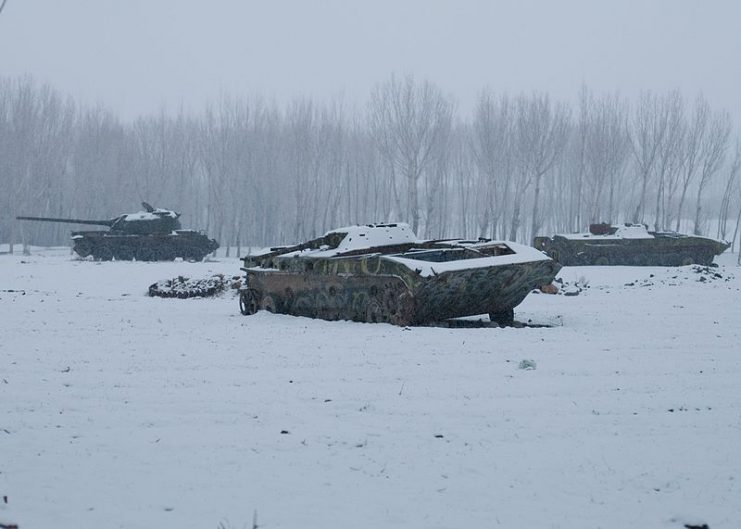
To carry out the order at night from 9 to 10 December 1979, soldiers of the Muslim battalion were taken to Afghanistan and landed at Bagram Airfield.
Assault of the Amin Palace
On December 27, 1979, detachment 154 took an active part in the assault of the Taj-Bek Palace in which Amin was hiding. Initially, the storming of the palace involved soldiers of the KGB. However, their numbers were not enough to break the resistance of the Afghans. The president’s personal protection was about 150 people. In total, about 2,000 thousand soldiers defended Amin’s palace.
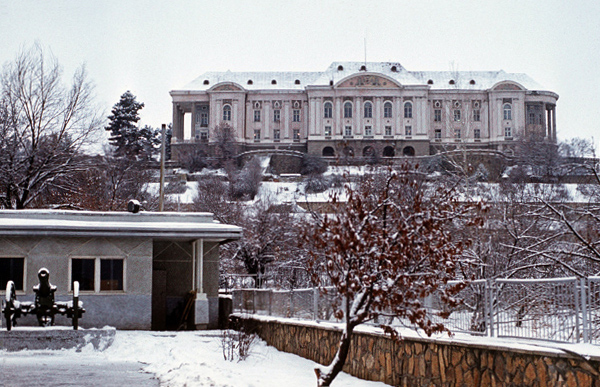
After the Soviet colonel Boyarinov summoned the reinforcements of the Muslim battalion, the situation radically changed. In recollection of Shukhrat Mirzaev, one of the participants in the storming of the palace:
“We went ahead, destroying all the living things that we met on our way. Anyone who resisted was killed on the spot. Those who surrendered we did not touch. We cleaned out the first floor. We occupied the second. As a piston, we squeeze the people of Amin to the third floor and into the attic rooms. Everywhere – there were a lot of corpses of Afghan military and civilians…”
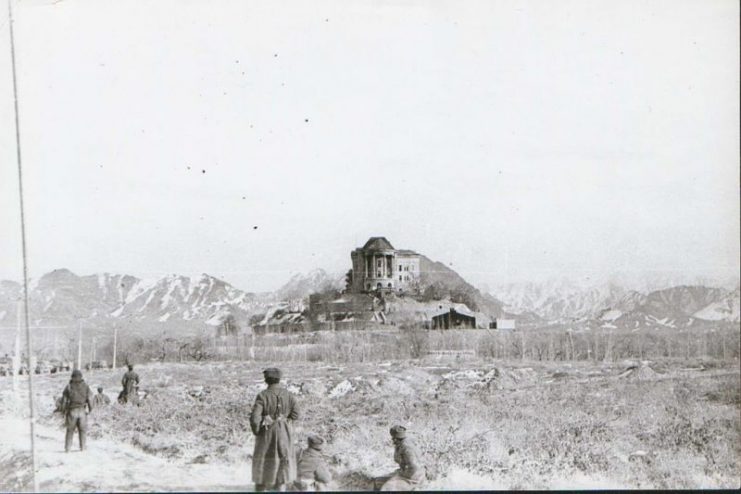
Later it turned out that the Afghans had MP-5 submachine guns. They shot bullets that did not penetrate Soviet bulletproof vests. Largely due to this, about 700 soldiers of the Soviet Army, most of them from the Muslim battalion, managed to successfully capture the Amin Palace with minimal losses of about 14 people. About 700 Afghans were taken prisoner, and about 350 were killed. However, according to some sources, only about 40 were killed, and the remaining Afghans were taken, prisoner.
After the murder of Amin, an airplane flew to Bagram from Moscow. In it, under the surveillance of the KGB, was the new president of Afghanistan, Barak Karmal. Many Western countries designated this military operation as evidence of the occupation of Afghanistan by the Soviet Union. Subsequent leaders of Afghanistan (Karmal and Najibullah) were considered puppet leaders.
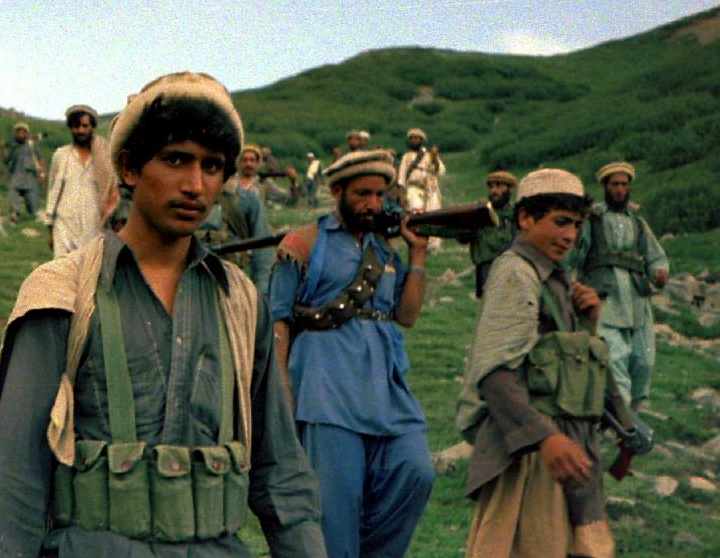
After completing this task, the Muslim battalion became equal to the ordinary Soviet detachment of special purpose. A second Muslim battalion was created as well – the 177th detachment of the GRU Special Forces – under the command of Major Stodeyrevsky. This commander subsequently became the personal enemy of the leader of the Afghan opposition, Ahmad Shah Massoud.
During the war in Afghanistan, three separate Special Forces or “Muslim battalions” were created. Each of the detachments made a significant contribution to the war.
